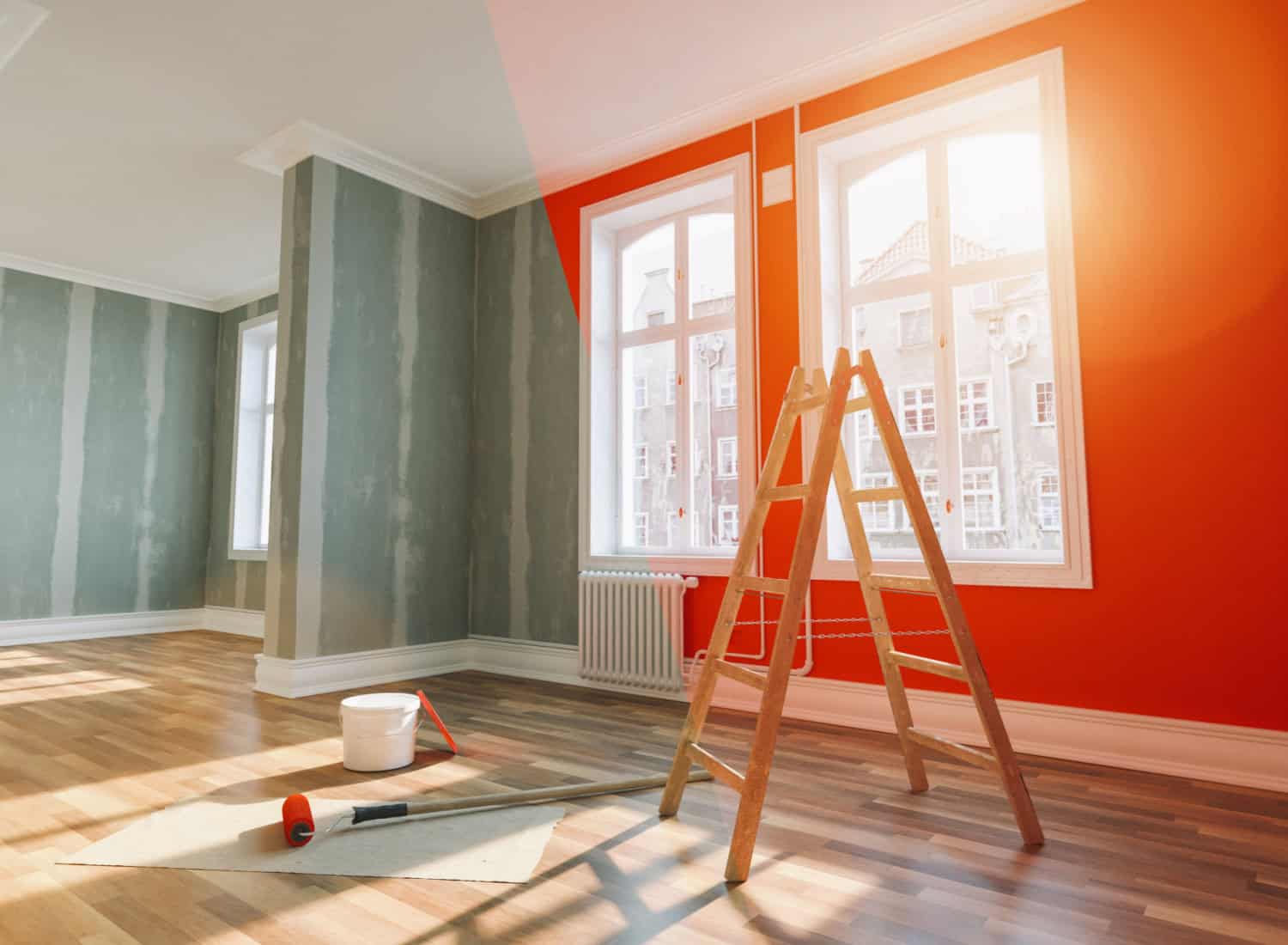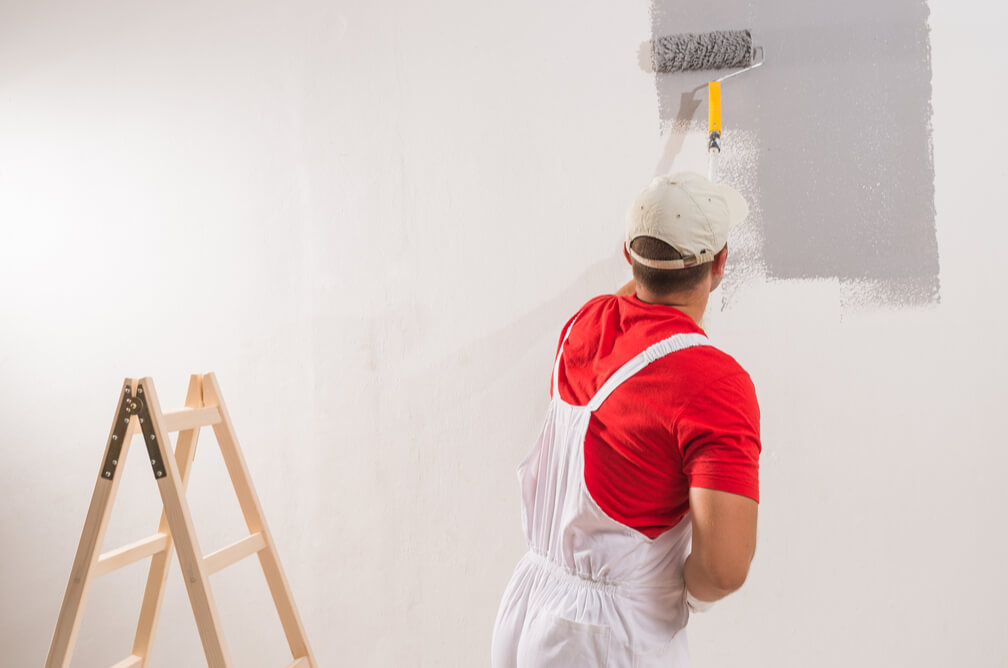Cleveland Metro Painting Specialists Offering Top-Notch Interior and Exterior Painting
Cleveland Metro Painting Specialists Offering Top-Notch Interior and Exterior Painting
Blog Article
Enhance Your Interior Decoration With Comprehensive Shade Assessment
The assimilation of shade consultation into interior decoration presents a distinct chance to improve and boost the aesthetic and emotional vibration of a space. By engaging with a seasoned color consultant, you can browse the intricacies of shade option, ensuring that your choices not only enhance architectural functions yet additionally reverberate with individual design and psychological impact. This tactical partnership can considerably influence the general atmosphere of your environment, promoting a sense of harmony and function. Understanding the subtleties of this procedure is important-- what key elements should be thought about to accomplish ideal results?
Benefits of Shade Assessment

In addition, color assessment help in making the most of natural light and optimizing spatial understanding. Lighter shades can make an area show up even more expansive, while darker shades create an intimate setting. Cleveland Metro Painting Specialists. This tactical application of shade can significantly influence the overall atmosphere of any type of interior area
In addition, expert specialists possess a detailed understanding of timeless classics and current trends, ensuring that the chosen colors will remain appealing in time. This foresight can save customers from expensive redesigns in the future. Lastly, shade examination equips clients by offering them with a clear vision and direction, fostering self-confidence in their layout selections and inevitably causing a much more effective and enjoyable indoor style result.
Recognizing Shade Psychology
The relevance of color psychology in interior layout can not be overstated, as it explores the emotional and emotional effects that various tones can evoke in people. Shades can influence state of mind, actions, and also performance, making them an important consideration in any style task.
As an example, cozy colors such as red, orange, and yellow are frequently connected with energy and heat. They can boost sensations of exhilaration and comfort, making them appropriate for social rooms like living rooms or kitchen areas. On the other hand, awesome colors like blue, green, and purple often tend to evoke peace and peace, making them suitable for bedrooms or meditation areas.
Additionally, making use of neutral tones can develop a balanced setting by permitting the bolder shades to stand apart without frustrating the senses. Recognizing these emotional impacts allows developers to develop areas that not just look cosmetically pleasing but likewise advertise psychological health.
Incorporating shade psychology into interior decoration entails a thoughtful option of hues tailored to the intended feature of each space, eventually boosting the total experience for its occupants. This awareness is crucial for accomplishing a unified and practical indoor atmosphere.
The Shade Wheel Explained
Comprehending the partnerships in between colors is crucial for reliable interior design, and the color wheel works as a beneficial device in this procedure. The color wheel, established by Isaac Newton in the 17th century, illustrates the range of colors set up in a circular format. It comprises primaries-- red, blue, and yellow-- that can not be produced by blending other colors. Additional shades, created by integrating key shades, consist of eco-friendly, orange, and purple. Tertiary shades result from mixing a primary and a second shade, causing colors such as blue and red-orange.
The shade wheel helps developers grasp the connections in between colors, consisting of corresponding, comparable, and triadic systems. Complementary shades, positioned contrary each other on the wheel, produce vivid contrasts that can stimulate a room.
Utilizing the color wheel in interior decoration not only improves visual appeal however also stimulates specific emotions and ambiences, making it an important referral continue reading this for color assessment. Recognizing these partnerships eventually equips designers to produce spaces that are both useful and aesthetically captivating.
Picking the Right Palette
Commonly, picking the right palette is a decisive aspect in attaining an effective indoor design project. A well-chosen color pattern can combine an area, improve its functions, and stimulate wanted feelings. To begin, think about the function of the space. Different areas serve different functions and call for schemes that mirror their desired usage; for circumstances, tranquil shades such as soft blues or environment-friendlies work well in rooms, promoting leisure.
Light can significantly alter exactly how shades appear, so it is essential to analyze the area at various here are the findings times of the day. An unified palette needs to match these features, developing a cohesive look throughout the space.
When choosing colors, use the 60-30-10 great post to read guideline, which recommends that 60% of the space need to be a leading shade, 30% an additional shade, and 10% an accent color. This proportion makes sure equilibrium and visual interest (Cleveland Metro Painting Specialists). Ultimately, sample shades on the walls before devoting, as this allows you to see just how the hues connect with each other and the total setting they produce in your interior decoration job.
Collaborating With a Color Professional

When dealing with a color consultant, the procedure typically begins with an initial examination. During this meeting, you'll discuss your vision, preferences, and the existing elements in your space. The professional will evaluate your requirements and may recommend specific color combinations that line up with your goals.
After establishing an instructions, the professional will certainly supply samples and visual help to aid you picture the recommended color pattern. This step is crucial, as shades can show up differently under varying lights problems.
Furthermore, a color professional can guide you in picking complementary home furnishings, art work, and accessories to integrate with your selected palette. By teaming up very closely, you can accomplish a polished visual that raises your interiors and develops an inviting atmosphere. Inevitably, the competence of a color professional can substantially improve the total effect of your design job.
Conclusion
In recap, comprehensive color examination offers as a vital tool for improving indoor style. By leveraging specialist expertise of color psychology and spatial dynamics, a tailored color combination can be developed to stimulate details feelings and create a harmonious environment.
By engaging with an experienced shade specialist, you can navigate the intricacies of color choice, making sure that your selections not just complement architectural functions yet additionally reverberate with personal design and emotional influence. It consists of key shades-- red, blue, and yellow-- that can not be developed by blending various other shades.The shade wheel aids developers grasp the relationships between shades, consisting of corresponding, similar, and triadic plans.When choosing colors, utilize the 60-30-10 guideline, which suggests that 60% of the space need to be a leading shade, 30% a second color, and 10% an accent color. By leveraging professional expertise of shade psychology and spatial dynamics, a tailored shade scheme can be created to evoke particular emotions and develop a harmonious atmosphere.
Report this page